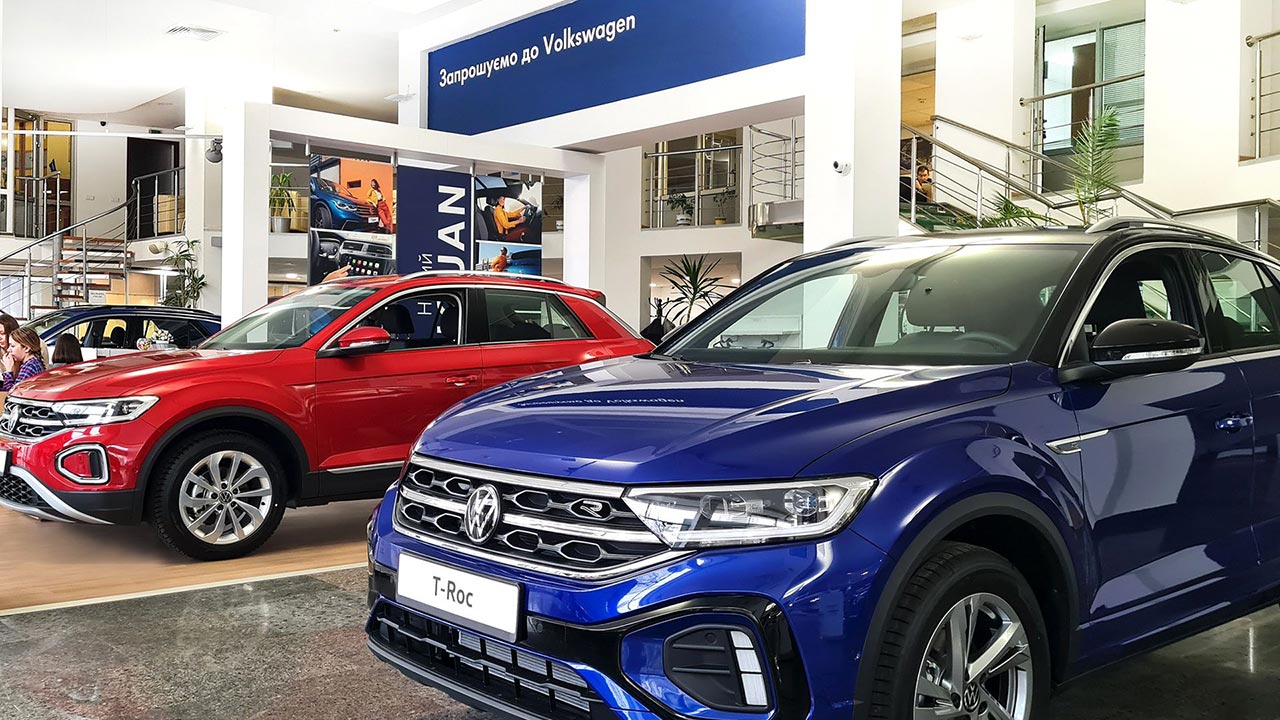Market data from Dataforce reveals a substantial growth of 23 percent in SUV and crossover deliveries compared to the same period in 2022, totaling 3.37 million units.
Taking a closer look at the top 10 most popular SUVs in the first half of 2023, the Tesla Model Y secured the top spot with 138,152 units sold, reflecting a remarkable 207 percent increase compared to the previous year. The Volkswagen T-Roc also achieved significant sales with 104,465 units, representing a 32 percent increase. Toyota's Yaris Cross came close to joining the six-figure club with 96,849 units sold, showing a 49 percent growth.
Completing the top 10 list were the VW Tiguan, Dacia Duster, Hyundai Tucson, Peugeot 2008, Kia Sportage, Renault Captur, and the Ford Puma. Notably, small SUVs dominated the market in the first half of 2023, with 1,133,822 units sold, followed by compact SUVs with 999,568 units, and small cars with 913,571 units.
Despite the rise of SUVs, traditional cars continue to have a strong presence. The Dacia Sandero, for instance, performed well in the first half of the year, with 124,190 units sold. Additionally, the Opel Corsa, Peugeot 208, and Renault Clio all exceeded 100,000 units in sales. The Skoda Octavia experienced remarkable growth, with deliveries surging by 77.3 percent to 83,073 units in the first half of 2023, thanks to the resolution of production bottlenecks by parent company VW Group. The Golf also maintained a strong position with 88,899 units sold.
Some concerns have been raised by automakers regarding the future of small models, both traditional cars and SUVs, if the Euro 7 emissions standard is implemented in its current form in 2025. Volkswagen, for instance, has warned that adapting combustion engines to meet stricter regulations may lead to price increases, potentially rendering these vehicles too expensive. As a result, models like the Polo and Fabia face an uncertain future.
Source: Dataforce via Automotive News Europe

